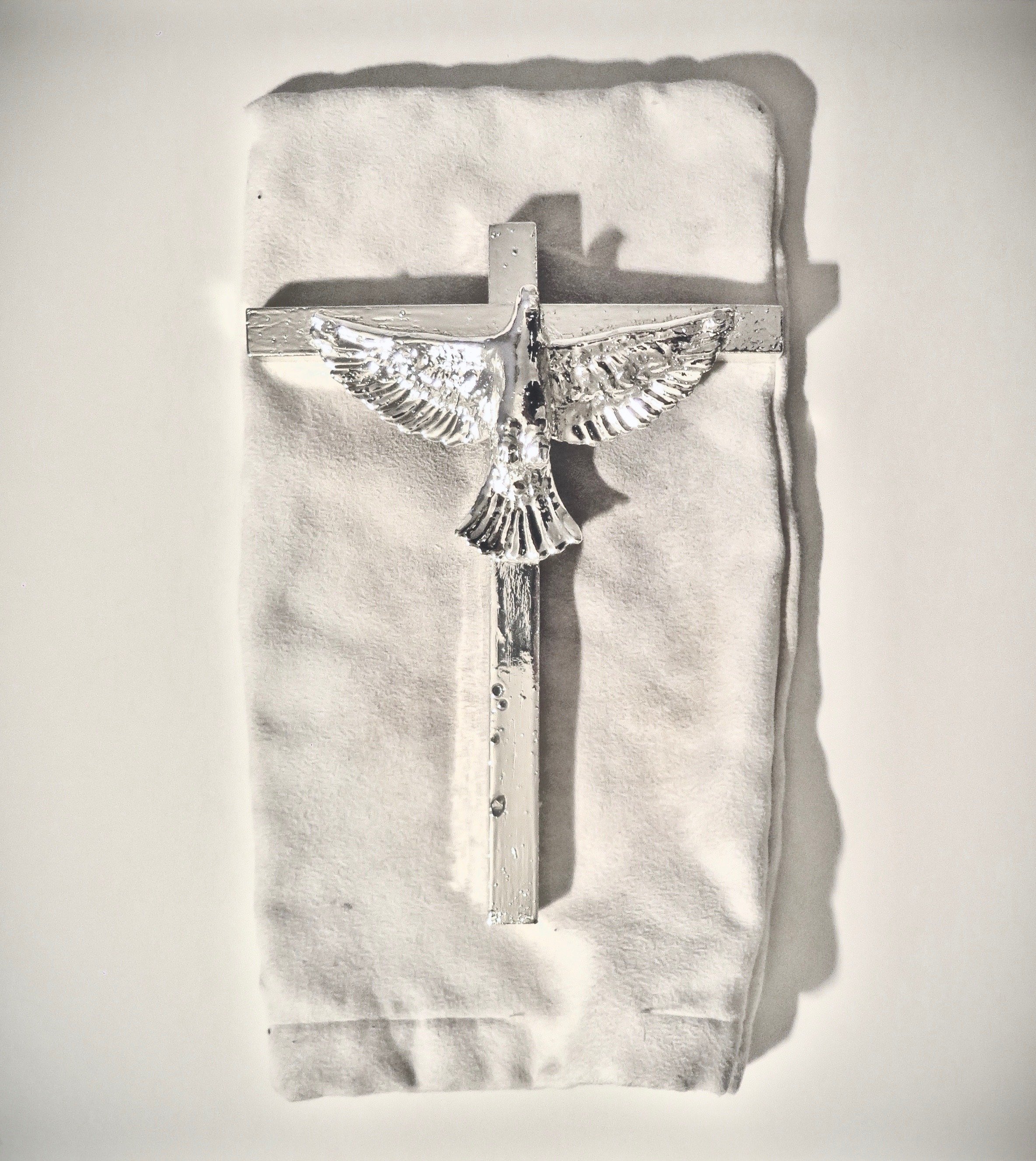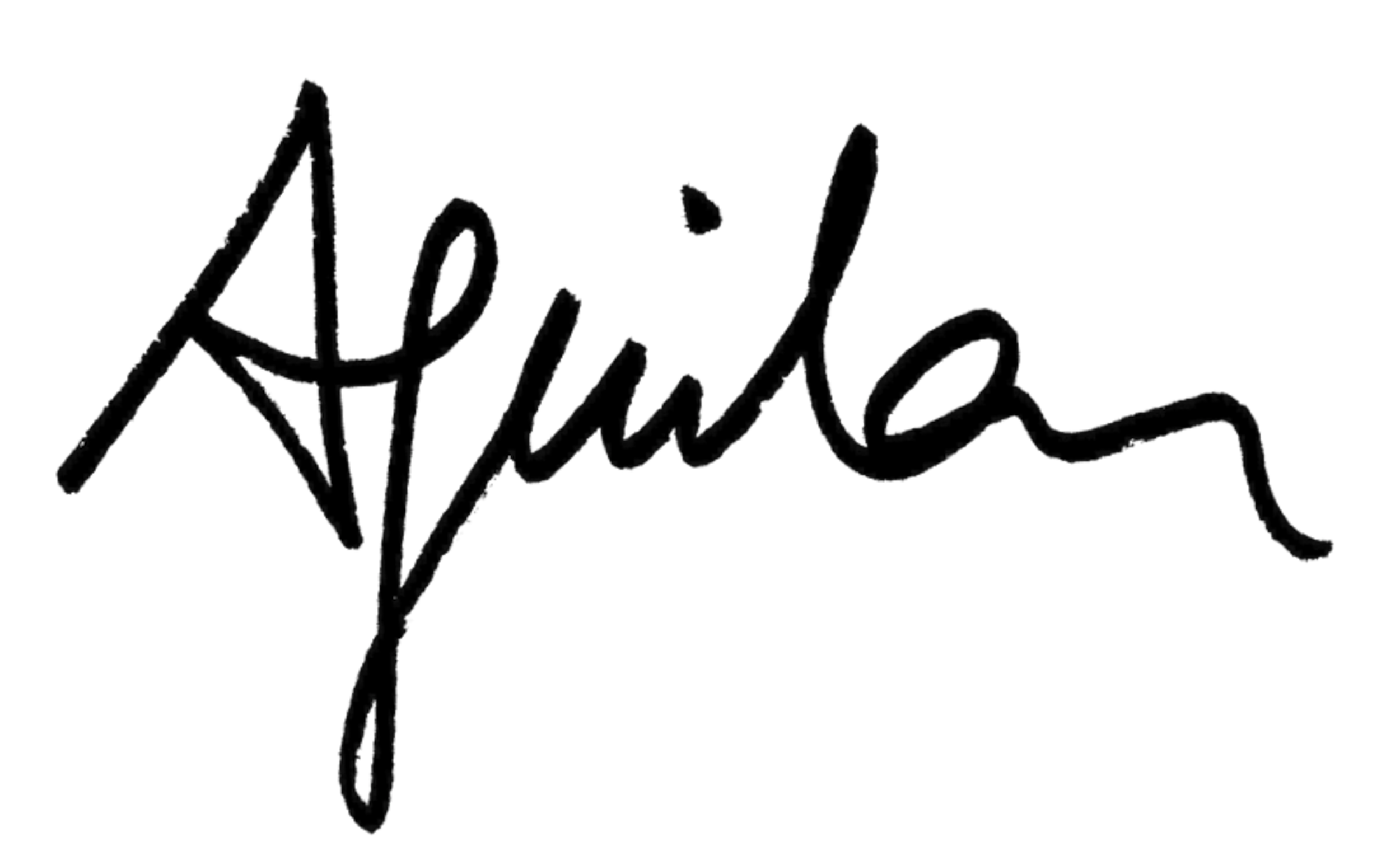INSTALLATIONS

Marble, incubator 120 x 100 x 80 cm, phototherapy lamp, metal, serum bag, cushion, part of the Emotional Rescue series
There are all these peaces that we maintain in an artificial state: to avoid waging war, we are willing to make certain arrangements with peace, even dishonor. We then keep this peace on life support regardless of the consequences and collateral damage because something stronger, greater than us, is between life and death, and we all depend on it. The veined marble egg symbolizing the life of the bird in its egg, in an incubator, in a state of end-of-life, or it could be the beginning of life, shows that believing in perpetual peace can then become a calling, where man sacrifices a part of himself and accepts to live in a world suffering and threatened on all fronts.

Blown glass, naturalized dove, lead, pewter, resin, 100 x 60 x 60 cm, 2017.
To work for peace while there is still time would thus appeal to our reason, that part of humanity which is tamed by our responsibility 'for' the other. Our emotional being could find its salvation through this duty of reason, or in other words, 'our well-ordered concord,' as defined by Saint Augustine in 'The Charter for Peace.' This pact or alliance of peace, which must be respected while restraining our nature, I addressed in a work based on our desire to preserve what is most precious while imprisoning it to maintain control. Thus, a dove finds its place within a glass bulb of its size. The dove can radiate with all its soul, reminding us that it continues to shine through our efforts. But it is also a prisoner of this glass enclosure, suggesting that even if man thinks he controls things, he nonetheless remains a prisoner of his actions.

Wood, resin-coated fabrics, metallic threads, 180 x 180 x 100 cm, part of the Emotional Rescue series.
After all, Kant warned us in 'Perpetual Peace: A Philosophical Sketch' that 'Peace is not the natural state between two wars.' This is the reality of humanity. In one of my installations, I represent peace by a straight, white flag, as if it had just been planted in the ground - peace, like a phenomenon marking a moment between two wars: that fleeting moment when we enjoy peace while waiting for it to fall, and for a new flag to be planted in the same place later before succumbing itself. This is followed by a true massacre of white flags left on the ground like old carcasses on our conscience. In the name of an ideal, whether it be religious or political, man is ready to wage war, maintain peace, and then defend himself if he feels threatened. It's a cycle that marks our history, and unfortunately, we truly grasp its extent only too late.

50 x 35x 35 cm, bronze, 2016

Part of the Emotional Rescue series. Metal and naturalized doves.

100 x 65 x 60 cm, bronze, 2019

52 x 45 x 35 cm, naturalized dove, wood, 2018

Bronze, 2015

12 x 6 x 6 cm, single-resined egg carton, 2015

Part of the Emotional Rescue series, naturalized doves, bird traps, chain, wire.

Part of the Emotional Rescue series, slides carousel, audio device, 2018.

67 x 41 x 25 cm, naturalized dove, bronze, 2018.

Part of the Emotional Rescue Series, naturalised doves ‘wings, wood, fabric.

"L'extravagante hypothèse "* (The extravagant hypothesis), from which I borrowed the title of this work, presents a dove inside a skull, leaving doubt as to the animal's intention: is it born in this egg, which it has invested with all its aura until the death of this being, or does it come to feed on this death? Does this hypothesis pose a profound contradiction as to the nature of man, or is this moral conscience really within us, buried deep down inside?
*Specialist in political philosophy, Miguel Abensour interprets Levinas's political thought as an exploration of an "extravagant hypothesis" that is the original circumstance of the ethical event.


Wood, chrome, 2015



